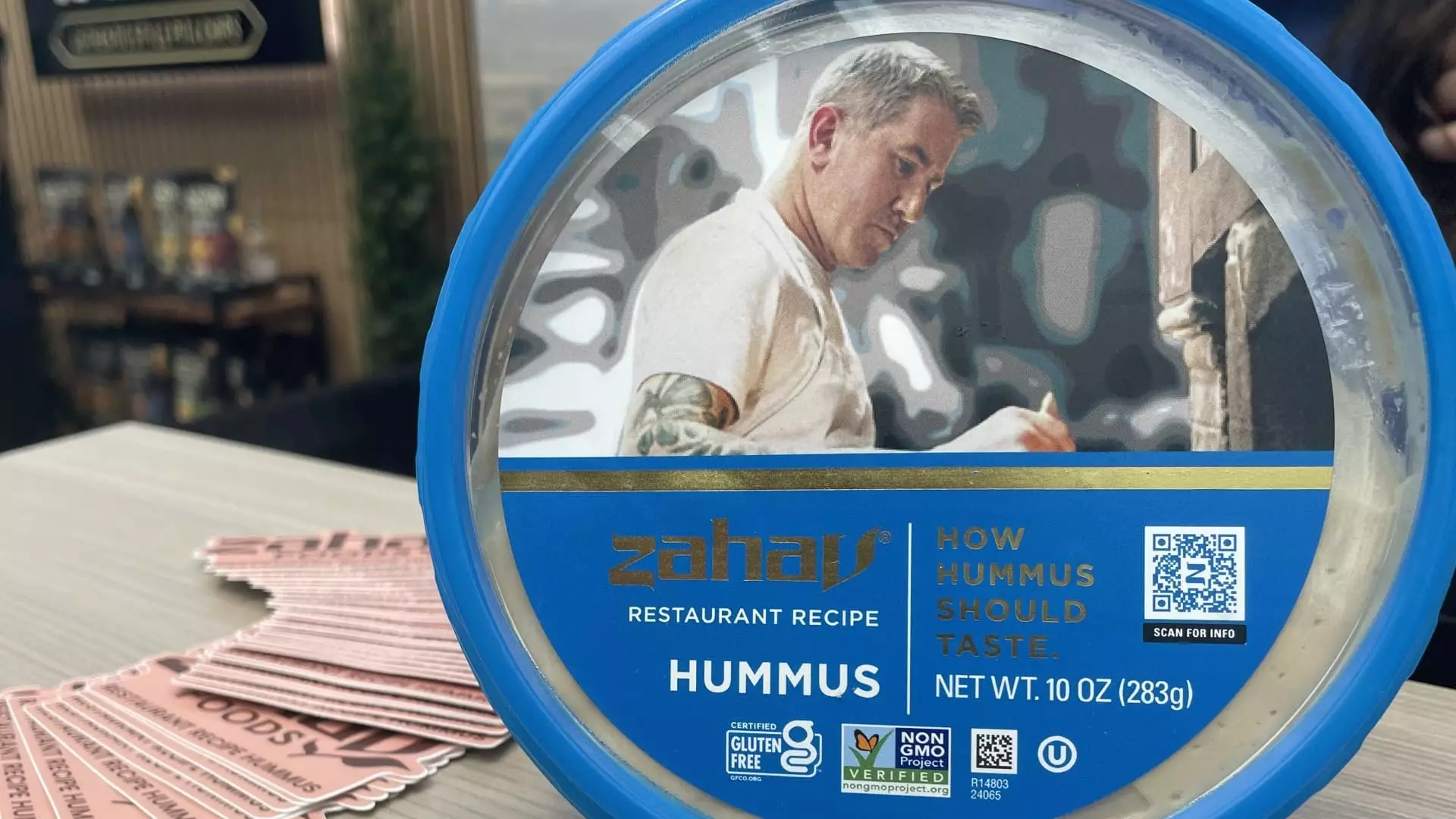The recent showcase at the Summer Fancy Food Show signals more than just another set of food trends; it marks a pivotal moment where culinary creativity pushes against the mundane, challenging our expectations of what condiments and flavor profiles should be. While some trends, like the popular “swicy,” continue to dominate grocery aisles and restaurant menus, others reveal the fragile nature of food fads driven by social media hype or fleeting consumer curiosity. What remains undeniably true is that this trend wave underscores a broader cultural shift—our collective desire for meaningful innovation and authenticity in even the simplest of food staples.
This year’s exhibitors demonstrated a clear appetite for elevating traditional condiments and ingredients, transforming them into complex, artisanal products. This isn’t just about adding a dash of flavor anymore; it’s about a deliberate pursuit to deepen culinary experiences. The infusion of flavors into olive oils, the reimagining of mustards, and the playful reinventions of familiar condiments reveal an industry eager to redefine the notion of ‘standard.’
However, such enthusiasm warrants cold-eyed critique. Many of these innovations risk being short-lived, their popularity rooted more in social media buzz than genuine culinary value. The appearance of Dubai chocolate, for example, swiftly gained attention but is unlikely to sustain a foothold in mainstream markets—highlighting how some trends are more about hype than substance. The challenge remains: can these products transcend their initial viral moments to offer lasting value, or are they just the latest accessory for Instagram feeds?
Crafting Genuine Gourmet Experiences Amid Ephemeral Trends
The emphasis on infusing olive oils or creating unique mustard blends signifies an industry striving for authenticity—a counterpoint to the processed, mass-produced foods that dominate supermarket shelves. The focus is shifting toward smaller, family-owned brands like Castillo de Canena, which brings centuries of tradition into contemporary markets through innovative flavor infusions such as sherry cask olive oils or harissa flavors. These products cultivate a narrative of craftsmanship and cultural heritage, resonating with consumers who increasingly seek meaningful connections with their food.
Yet, this rise in artisanal condiments also exposes a paradox. While consumers yearn for authenticity, the market remains susceptible to superficial trends that capitalize on the allure of “luxury” ingredients or exotic origins. Pop Mustards, claiming to be “the caviar of mustards” through whole seeds and fermentation, exemplify how a product can appear authentic, yet its true staying power remains uncertain in a saturated market. There’s a danger of consuming novelty at the expense of genuine culinary depth.
The broader question is whether these upscale condiments can truly change eating habits or merely serve as fleeting luxuries. Authenticity isn’t just about premium ingredients; it’s about meaningful storytelling, consistent quality, and the cultural significance behind the products. The risk is that many of these products, however creative, may remain niche indulgences rather than catalysts for a broader culinary revolution.
The Decline and Resilience of Plant-Based Alternatives
Plant-based foods have undoubtedly made their mark, often highlighted as evidence of a progressive culinary landscape driven by health, ethics, and environmental concerns. Yet, the recent reduction in booths dedicated to vegetarian and vegan offerings reveals a sobering truth: consumer enthusiasm may be waning, or at least shifting. Instead of marketing solely on platforms of health or sustainability, exhibitors are emphasizing taste and culinary versatility.
This recalibration suggests that plant-based products are still a vital part of modern eating but require rebranding from “alternative” to “mainstream” gourmet options. Cashew-based cheeses and butter substitutes, for instance, are now being positioned as crafted, delicious products rather than vegan necessities. This shift is crucial because it signifies a move toward normalized consumption—meat and dairy alternatives should stand on their own culinary merits, not just ethical considerations.
However, there’s a risk of overselling the vegan market as a one-way ticket to dietary salvation. Anti-plant-based sentiments are still pervasive, fueled by misconceptions and flawed nutritional debates. The industry must therefore focus on honest marketing—highlighting taste, quality, and culinary innovation—rather than just the “plant-based” label. It’s about ensuring that these alternatives are empowered to compete on equal footing, not as cheap substitutes but as genuine ingredients that elevate the gourmet experience.
Reimagining Traditional Flavors with Cultural and Wellness Perspectives
One of the most promising developments from the show was the reinvigoration of common staples like mustard, condiments that many consider boring or uninspired. The crafting of multi-layered flavors, inspired by fermentation, smoking, and traditional recipes, signifies a meaningful shift toward culinary sophistication. Products like Caplansky’s lineup demonstrate an appreciation for classic flavors but with an artistic twist.
Meanwhile, the recent trend of incorporating trendy ingredients such as honey with a spicy kick (“swicy”) aligns with a broader desire for bold, memorable taste experiences. It’s clear that consumers are looking for more than just sustenance; they’re hungry for conversation starters, for flavors that tell stories and evoke emotions.
On a cultural level, this demands a careful balancing act. Gourmet condiments should respect traditional recipes and cultural origins but also push boundaries to craft innovative experiences. Yet, in doing so, the industry risks commodifying cultural identities and turning them into fleeting fashion statements. Food and flavor are powerful carriers of culture, and this trend underscores the need for genuine respect and inclusion rather than superficial novelty.
—
This analysis reveals a food culture at an inflection point—seeking authenticity, craftsmanship, and innovation but vulnerable to superficial trends driven by social media hype. As industry players navigate this delicate landscape, they must prioritize substance over spectacle, ensuring that new products reflect genuine culinary progress rather than ephemeral fads. The future of condiments and flavor innovation hinges on their ability to be meaningful, memorable, and rooted in cultural integrity rather than transient hype.

